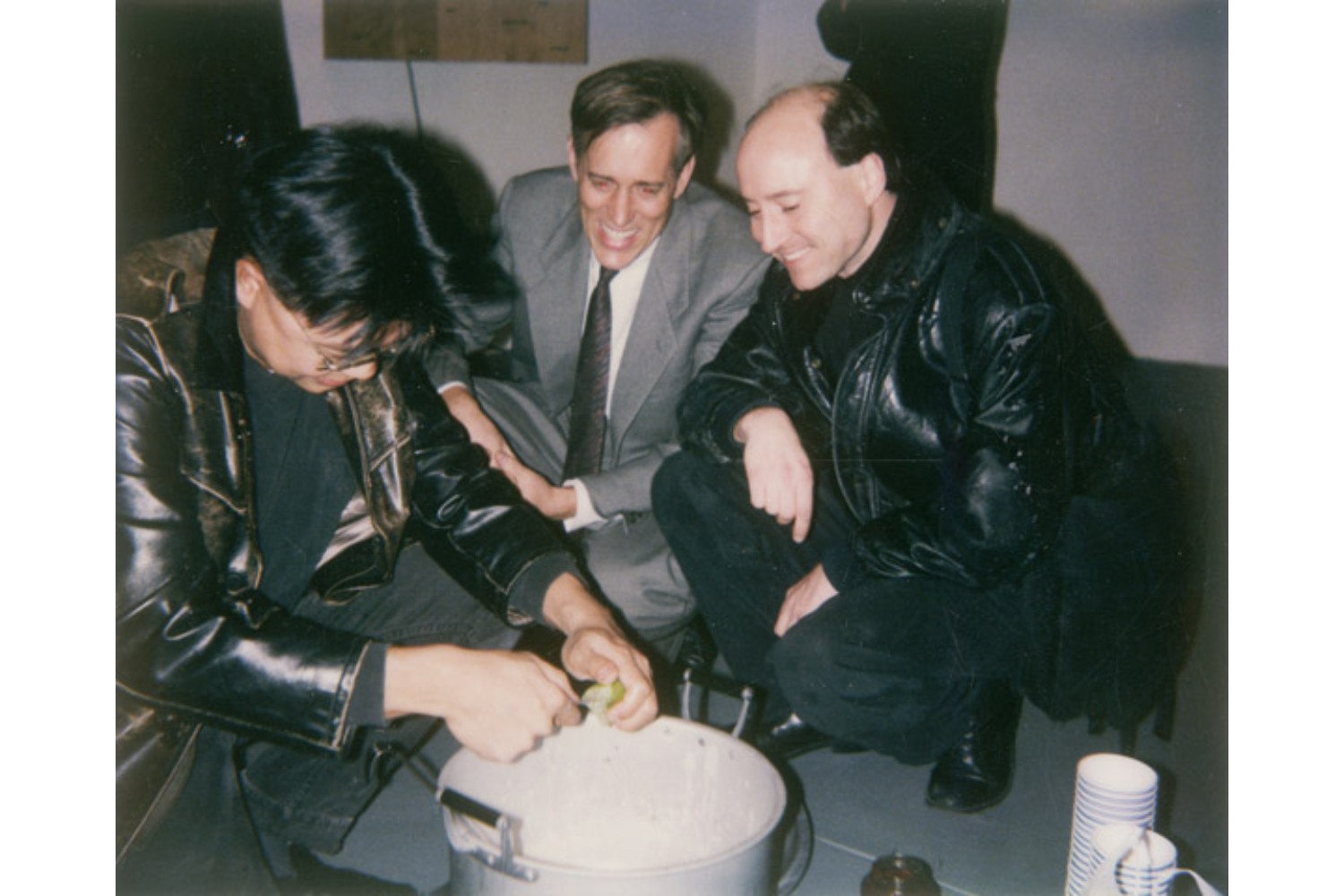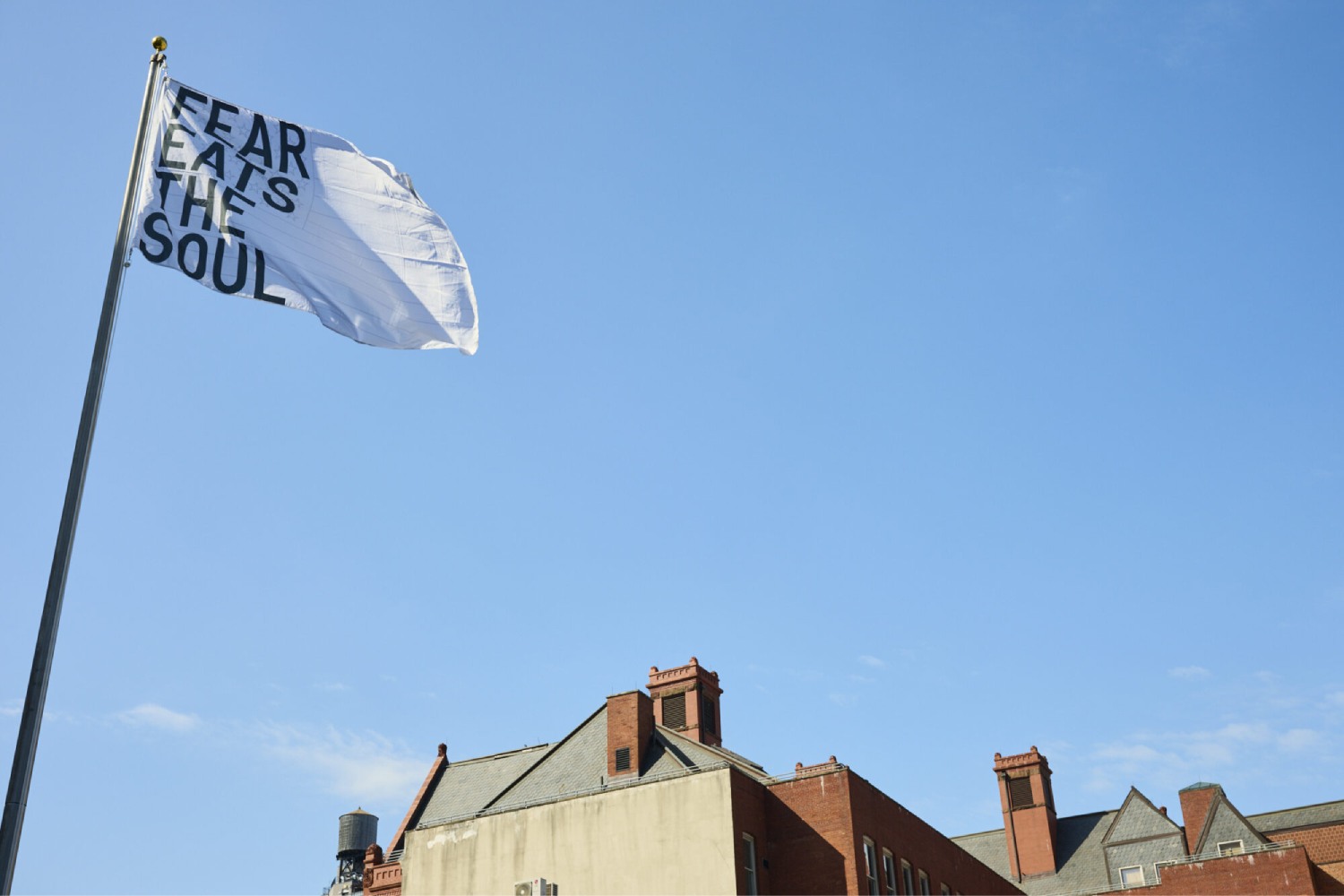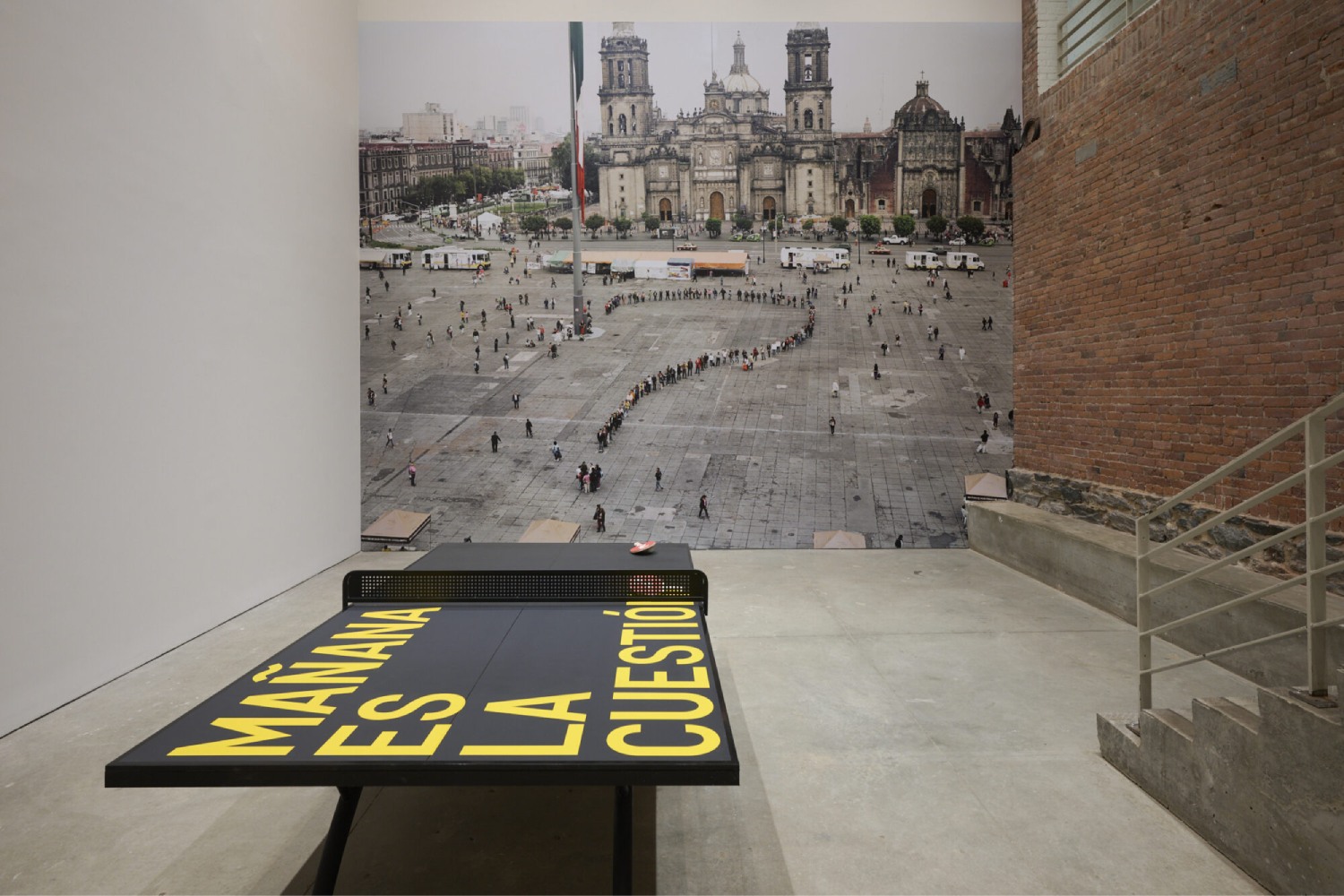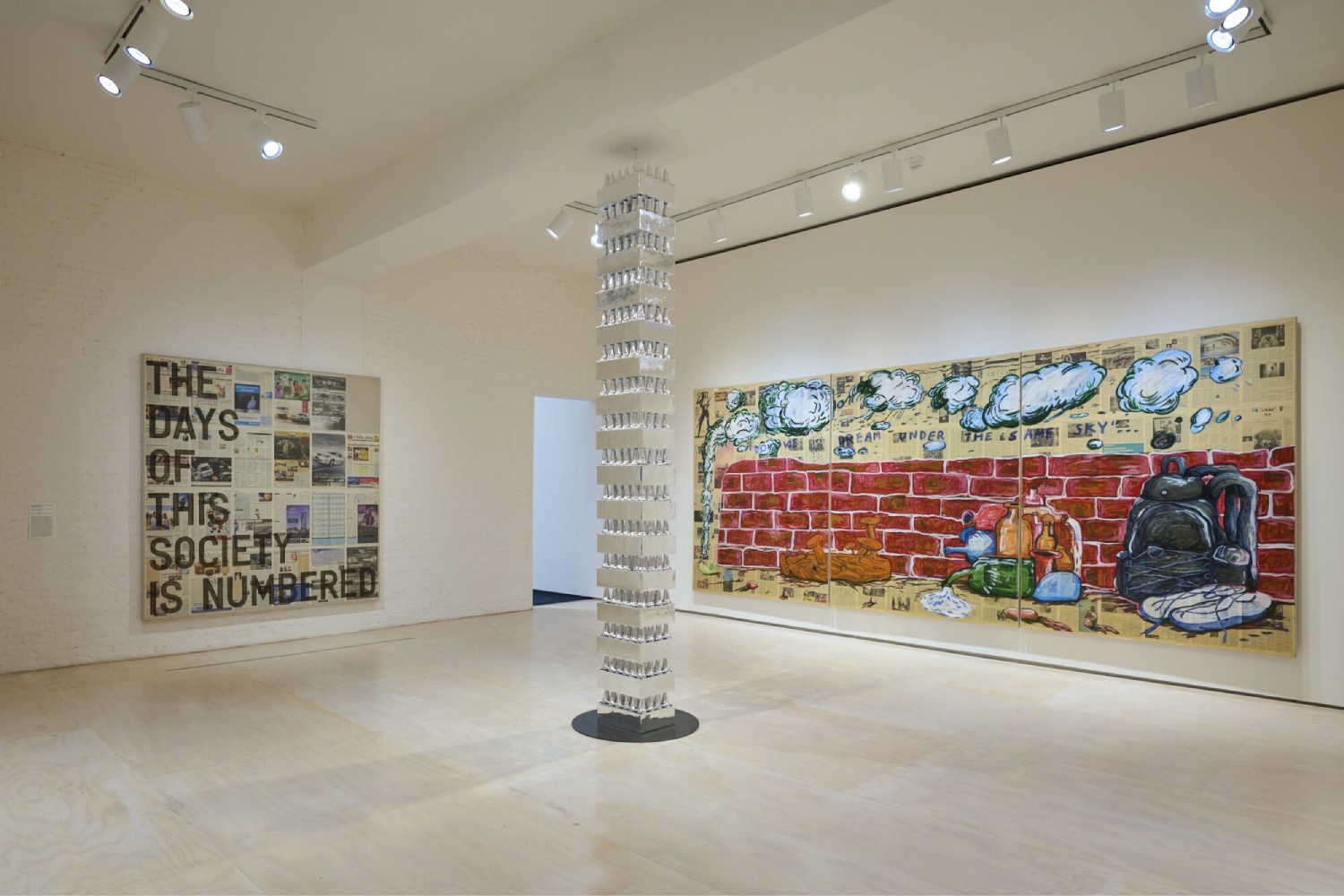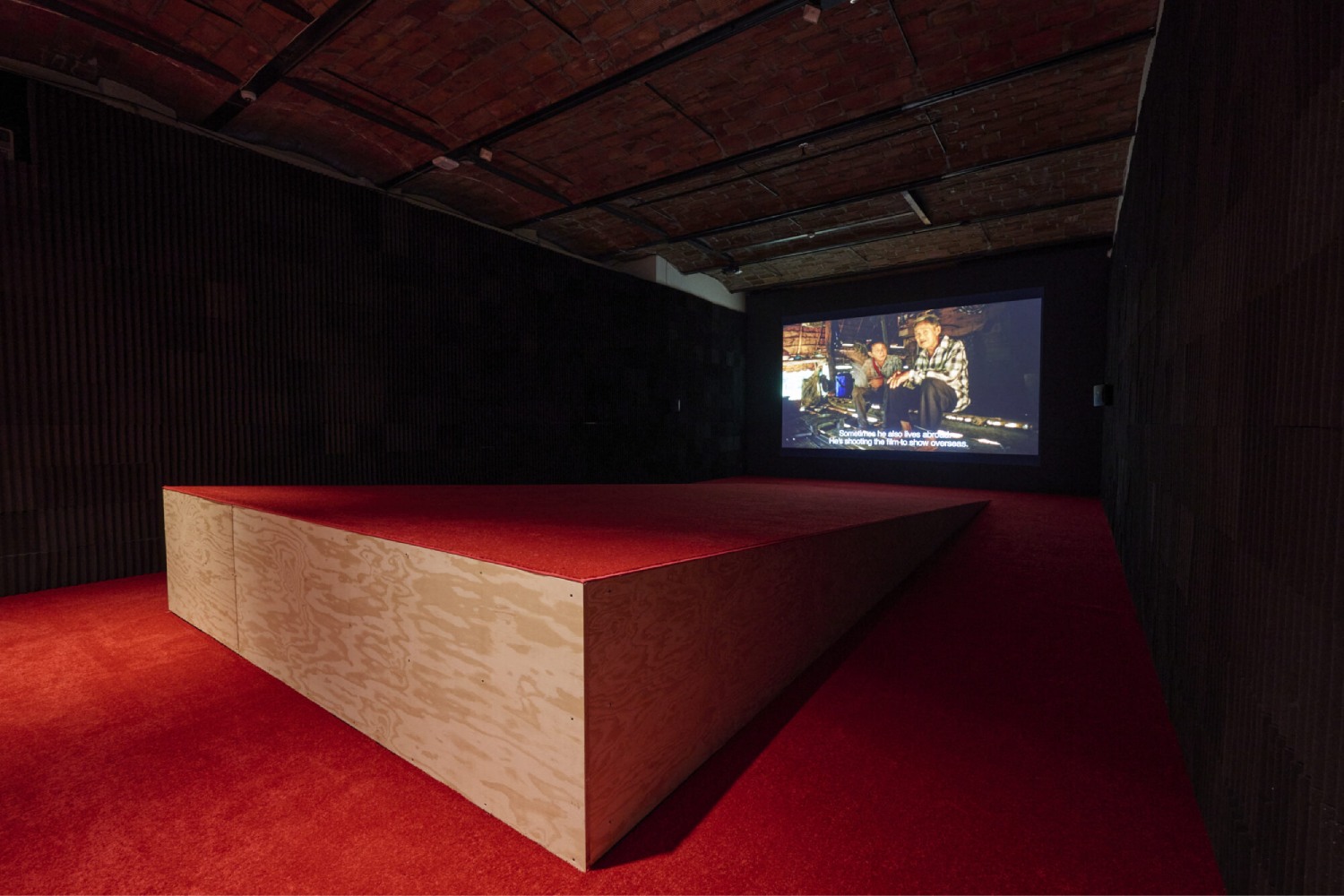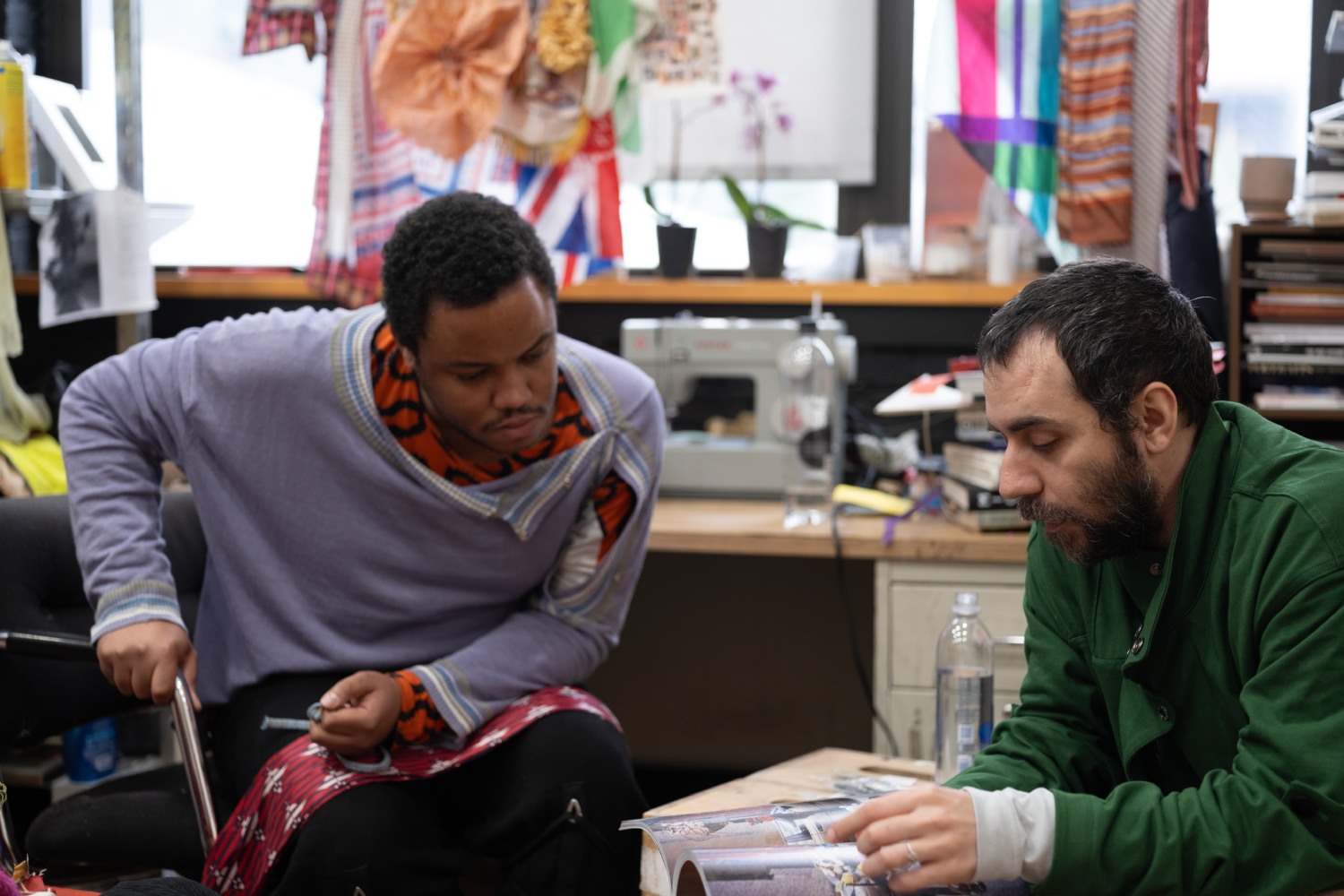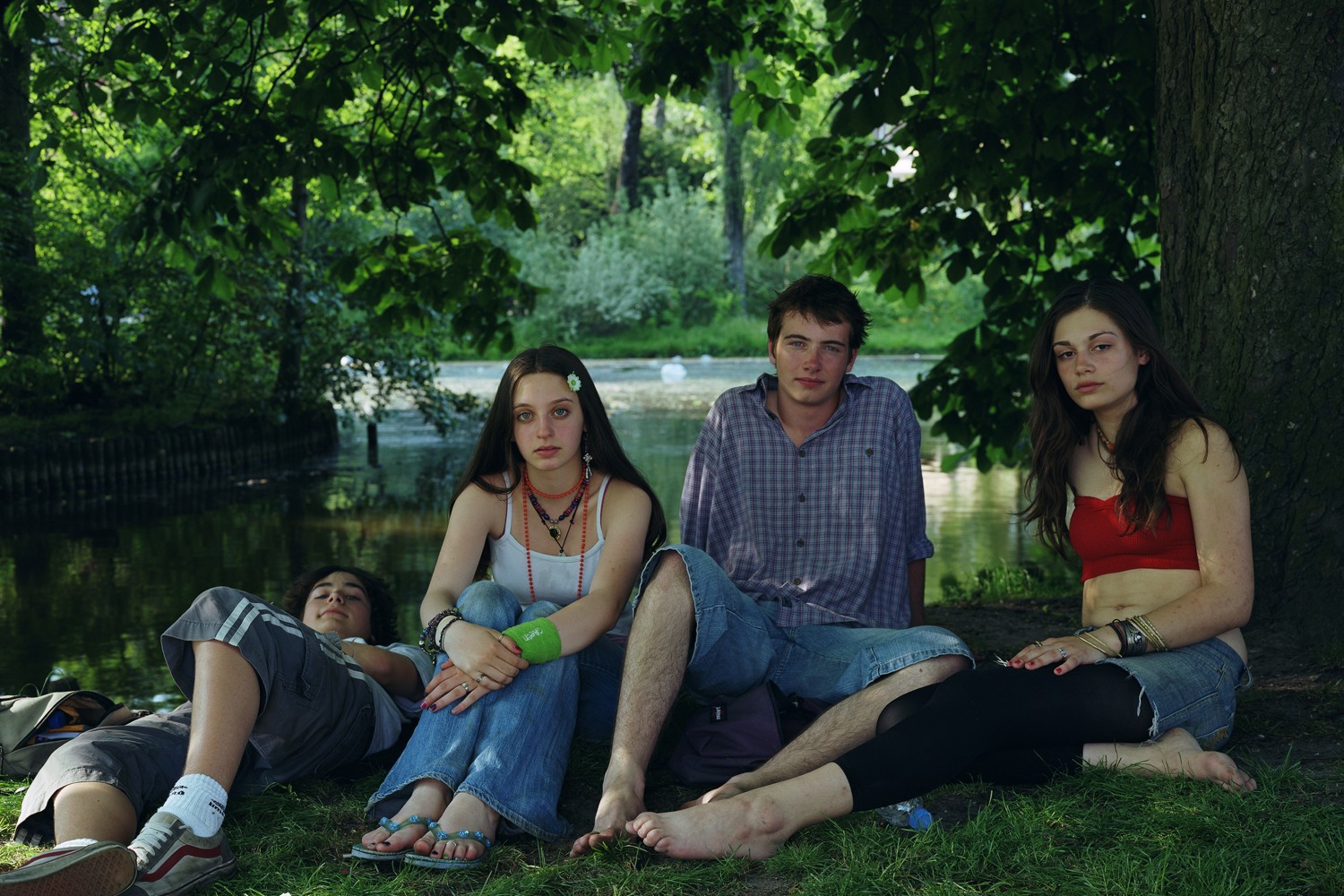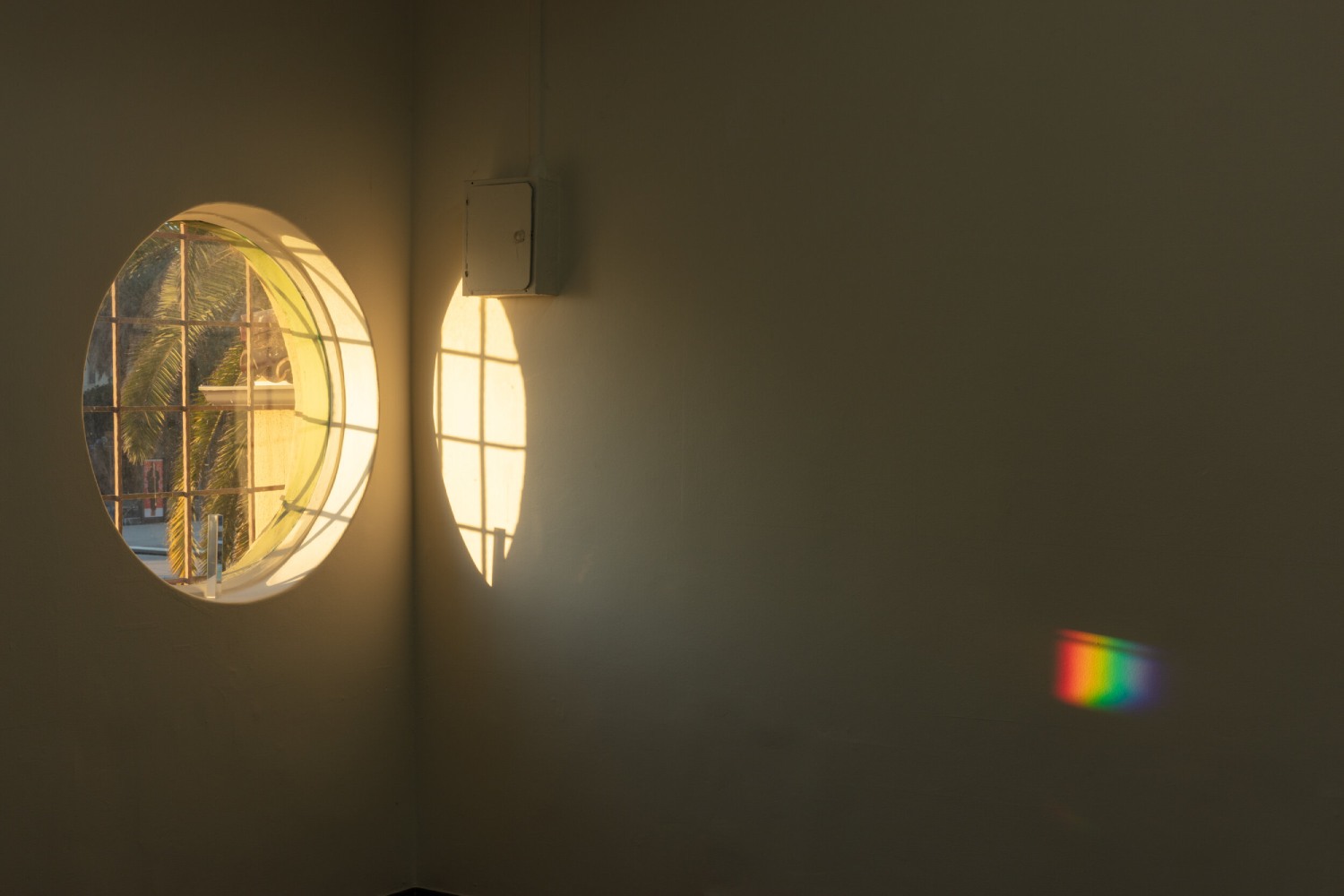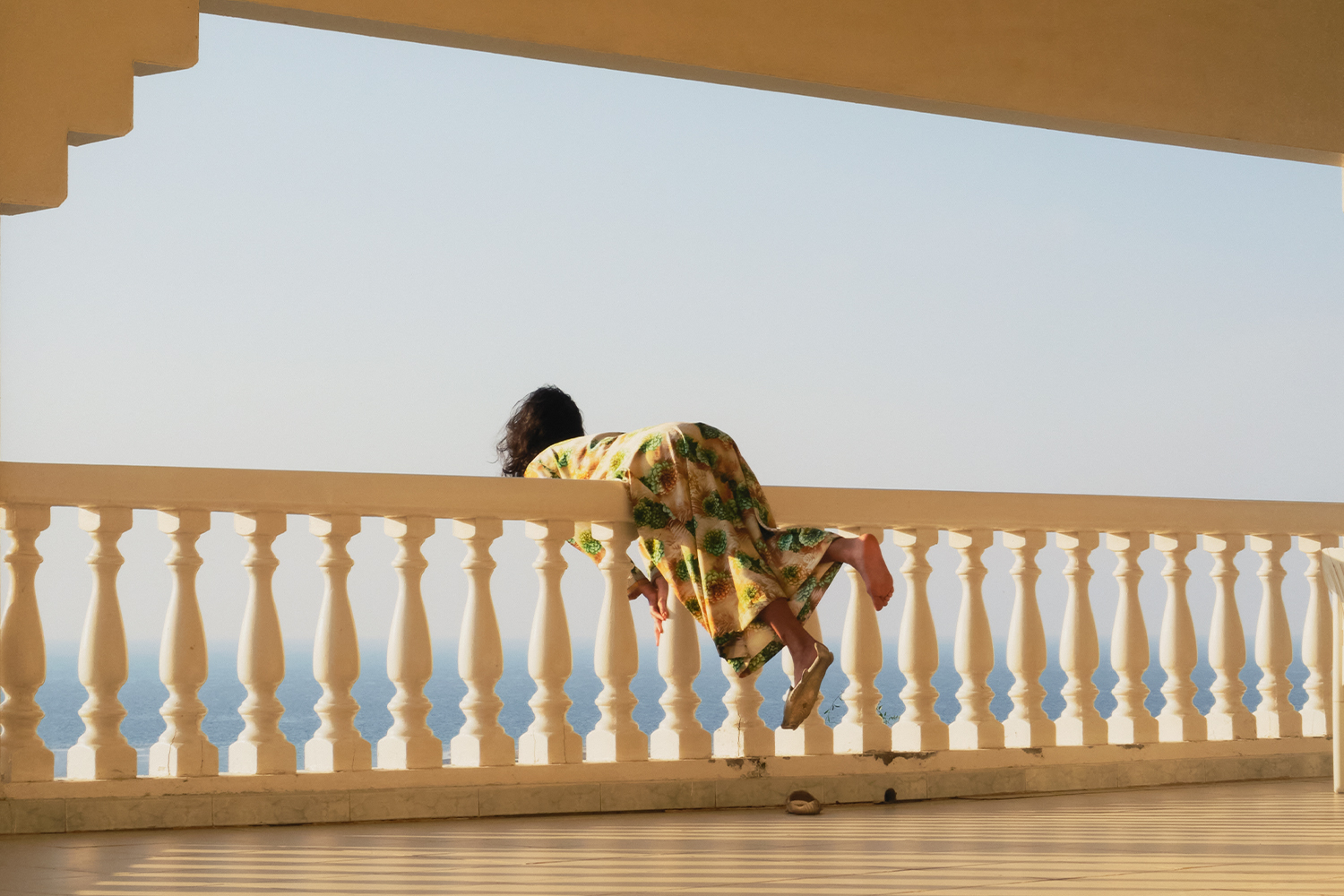The energy at the opening celebration of Rirkrit Tiravanija’s solo exhibition at MoMA PS1 was electric. On that cold and rainy Saturday, the museum was a haven for chilly, damp visitors, and Tiravanija’s participatory artworks — featuring ping-pong, freshly made Pad Thai, hot tea, and Turkish coffee — provided a source of comfort and communal engagement. The teeming museum and its equally vibrant atmosphere that day spoke not only to the artist’s unique ability to bring people together but also to the magnitude of this moment in his career.
“A LOT OF PEOPLE” marks Tiravanija’s first US survey and largest exhibition to date. Despite being widely recognized as one of the most noteworthy artists of his generation, the artist’s work is largely based in the moment, making it challenging for institutions to grapple with. Such ephemeral art revisits the long-standing question of how to display works of performance — whose lifespan exists in the present tense — at any temporal point beyond that in which they were made.
MoMA PS1 is a fitting institution to tackle such inquiries. In the mid-1970s, curator Alanna Heiss occupied the then-vacant public school in Queens, New York that is now PS1 and offered emerging artists working with nontraditional mediums a place to explore beyond the confines of conservative “white cube” galleries. In doing so, Heiss laid the foundation for the museum’s ethos: artist intervention and experimentation. PS1’s history resonates to this day, as demonstrated by the institution’s frequent championing of underrecognized artists through landmark exhibitions. Its legacy of supporting unorthodox practices and unconventional uses of space makes it an apt location for the debut of such a significant exhibition in Tiravanija’s career.
Engaging with the concept of belonging comes naturally to the artist, who was born in Buenos Aires and raised in Thailand, Ethiopia, and Canada. Tiravanija’s transnational perspective on issues such as cultural difference, borders, and human interaction in public space speaks powerfully to our contemporary political landscape, especially within the context of a diversely populated New York City. Tiravanija has an undeniable propensity to bring people together, often through acts that relate to all regardless of background. In untitled 1990 (pad thai) (1990), Tiravanija uses food and cooking — pillars of all cultures — to join a broad audience in a performance of social space.
This work’s first iteration took place in 1990 at Paula Allen Gallery in New York, where the artist eschewed traditional approaches to exhibition-making, presenting gallery goers with a Pad Thai dish he made in front of everyone at the opening. An unexpected ingredient — the artist’s tardy arrival at the gallery — led Tiravanija to enlist the help of his friends to complete the meal. This chance occurrence gave untitled 1990 (pad thai) its finishing touch and defined the future of the serial work. At PS1, the artist’s current and former students at Columbia University make and serve Pad Thai to visitors.
The ingredients remain the same; unexpectedly, the recipe is by an American chef who substitutes the usual tamarind sauce for ketchup, thus adding another layer of cultural blending to the piece.
There is an intentional theatrical quality to the restaging of the work at PS1 that is a condition of the artist’s desire to preserve authenticity. Additionally, untitled 1990 (pad thai) demonstrates Tiravanija’s interest in questioning the line between audience and performer, and in resisting the notion of singular authorship through replication. The artist also challenges divisions of public and private space by bringing an act typically conducted in domestic interiors to a communal arena. Leftovers from the 1990 performance are exhibited in a vitrine on another floor, reminiscent of and yet markedly different from items typically on display in museums. Tiravanija leans into juxtaposition as a tool to elicit thought, employing use objects as artifacts in a nonfunctional manner to raise broader questions about timely topics including encyclopedic museum collections, methods of acquisition, and issues of institutional display.
“A LOT OF PEOPLE” is relevant to our contemporary context yet evades the trap of institutional trendiness. It avoids mere allusions to urgent inquiries in curatorial and museological practice today. It also manages to break the fourth wall between the public and the institution in a way that is rarely actualized in museum contexts. The exhibition provides a refreshing space of exploration and play that reminds visitors that art, especially art on view in museums, does not have to be neat, tidy, and conventionally delineated, but rather can sprawl across floors, be driven by chance, and even get a little messy. This show serves as a testament to the boundless possibilities of art- and exhibition-making alike, and will provide future generations of artists, curators, and museum workers with an aspirational model for years to come.


